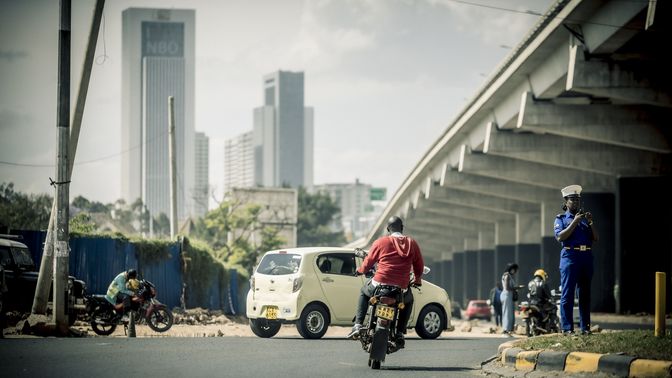

Anesthetic, Recreational Drug, or Weapon of Mass Destruction? — The Ignored Threat of Weaponized Fentanyl
Sloan Grissom is one of three Junior Ambassadors 2022. For this year's edition of the Junior Ambassadors contest, young individuals between 18 and 28 were asked to submit an essay on one Black Swan (unexpected security risks) or Grey Rhinos (present, yet ignored security risks) and elaborate on possible responses. In her essay Sloan Grissom analyzes the present, yet ignored risk of fentanyl and its possible usage as weapon of mass destruction.
COVID-19 garnered an appreciation for health security like never before. Everyday citizens and governments alike experienced firsthand the impact of a highly contagious and virulent biological agent. Unfortunately, COVID-19 has not only highlighted lessons learned which could further health resiliency but has called attention to weaknesses in public health infrastructure and has showcased the global perception concerning health emergencies, both of which threat actors may capitalize on.
The lack of surge capability of healthcare entities during COVID-19 parallels to an overall lack of capability to respond to health emergencies. Further, the pandemic was characterized by immense public fear. These outcomes foster a renewed appeal for public health attacks, as bad actors recognize limited response capability and the ease in which they can provoke fear in victims and onlookers. However, successful bioterror agents are difficult to procure, develop, and release in a sustainable manner. Thus, terrorists may look to other agents with simpler requirements for success.
Fentanyl’s growing availability due to a lack of regulation compared to other pharmaceutical/chemical agents, its presence in the global drug trade, and its incapacitating properties, pose an immense attraction for the manipulation of Fentanyl as a weapon of mass destruction (WMD). Despite the growing weaponization of Fentanyl exemplified by the 2002 Moscow Theater incident and the rumored use of Fentanyl syringes at the recent US Astroworld festival, the world remains unprepared to counter the threat.
A disregard for the Fentanyl threat presents a grave risk, as the extremely potent, easily absorbed, readily aerosolized, highly stable, and relatively inexpensive Fentanyl hosts all the properties of a highly successful chemical weapon. The release of fentanyl over a large crowd using drone technology, the contamination of water/agricultural supplies, or the conduct of targeted assassinations provide a few examples of how Fentanyl may be weaponized.
To counter this threat, both strategic and tactical multilateral efforts must commence. First, the international community must recognize Fentanyl as a chemical weapon and coordinate surrounding the production, movement, and regulation of fentanyl and its precursors. As part of this effort, verification measures and disciplinary action for abusers must be delineated and adhered to. Further intelligence sharing and cooperation surrounding the disruption and disbandment of international drug trafficking must accompany regulation. These multilateral efforts will help to mitigate the risk posed by Fentanyl as a chemical weapon.
Tactically, capability must be built to respond to fentanyl-related incidents. Because of the effectiveness as an incapacitating agent, the impetus to initially contain the release, triage and treat victims, all while preventing personal contamination is likely to sit with military personnel, peace keeping troops, and local government entities. Unfortunately, this capability is limited for chemical weapons overall, but is nearly nonexistent for Fentanyl specifically. As such, a concerted effort to build out response procedures, procure resources, and train responders is necessary.
Overall, the Fentanyl threat is a present yet overlooked risk which through cooperation and capability building the world can better prepare for as the role of Fentanyl evolves from anesthetic to recreational drug to WMD.
Sloan Grissom is a Master Student in International Relations at the Johns Hopkins School of Advanced International Studies in Bologna, Italy.
About the Junior Ambassadors
Learn more about the Junior Ambassadors Program.



